Bourgeois Portrait Art
Bourgeois Portrait Art
Photography has long been said to democratize the self-portrait format previously reserved for the aristocracy. However, this hypothesis is questionable: photography was not able to provide equal rights and the same economic status to all population groups at the end of the 19th century. However, photographs became available to the broad mass of the population. The rise of the bourgeois public was accompanied by a multitude of photographic self-portraits-albeit with the pictorial demarcation features of a society still structured along estates. The upper middle classes in particular often adopted attributes and representational formats of the nobility in their photographic portrait culture. In the flourishing photo Studios of the time, the clientele chose between various painted backdrops, costumes and objects inorder to appropriately decorate the staging of their own social status.
In the large port cities, photo studios provided special images for the needs of travelling sailors who sought to bridge the separation from their loved ones with a photographic souvenir. The carefully staged group portraits promoted a sense of togetherness among the seamen crammed into a small space. Here the photographic portrait culture produced formats specific to seafaring that often included the ship. The sailors presented themselves in the lofty heights of the masts and thus proudly referred to job-specific skills that distinguished them from other professions. From today's perspective, there is an unintentional comicality in some of these stagings, as the group portraits also celebrated drinking together-and not only on festive occasions. A certain amount of drinking may have been unofficially considered a matter of professional honour, but the military discipline on board was rigidly against any drunkennesson duty. The group photos had an identity-forming function, they strengthened the cohesion of the group
Do you know more? Please send us your notes and comments.
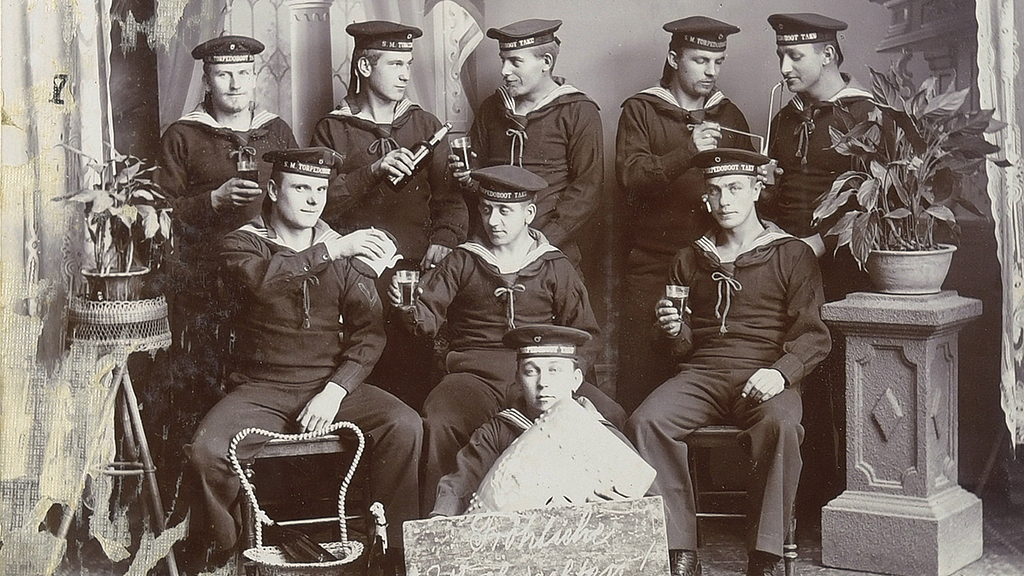
Unbekannter Fotograf: ohne Beschriftung, in: Torpedoboot TAKU, 1900 © Archiv DSM
Name of the speaker: Deike Reddig
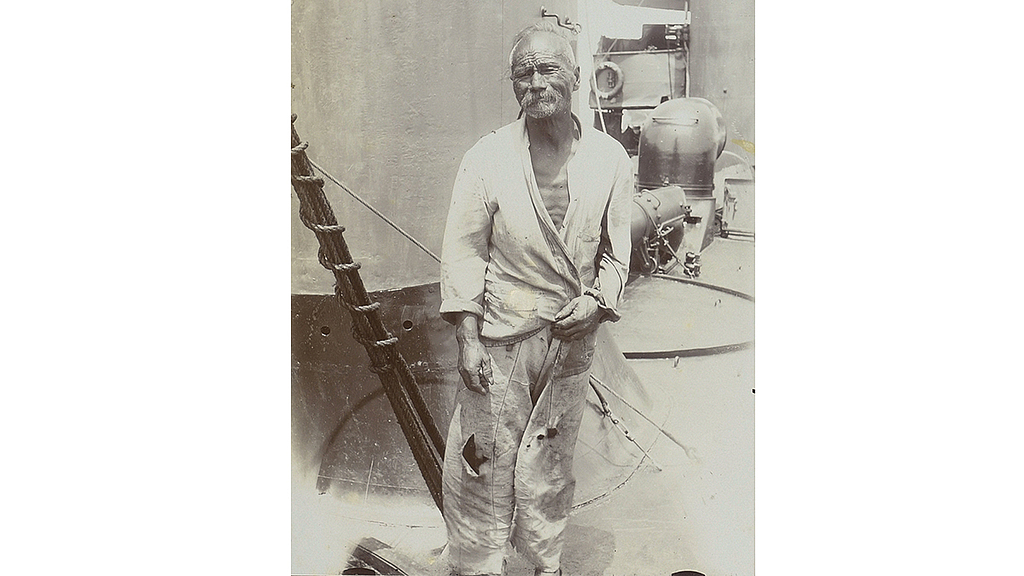
Unbekannter Fotograf: ohne Beschriftung, in: Torpedoboot TAKU, 1900 © Archiv DSM
Name of the speaker: Deike Reddig
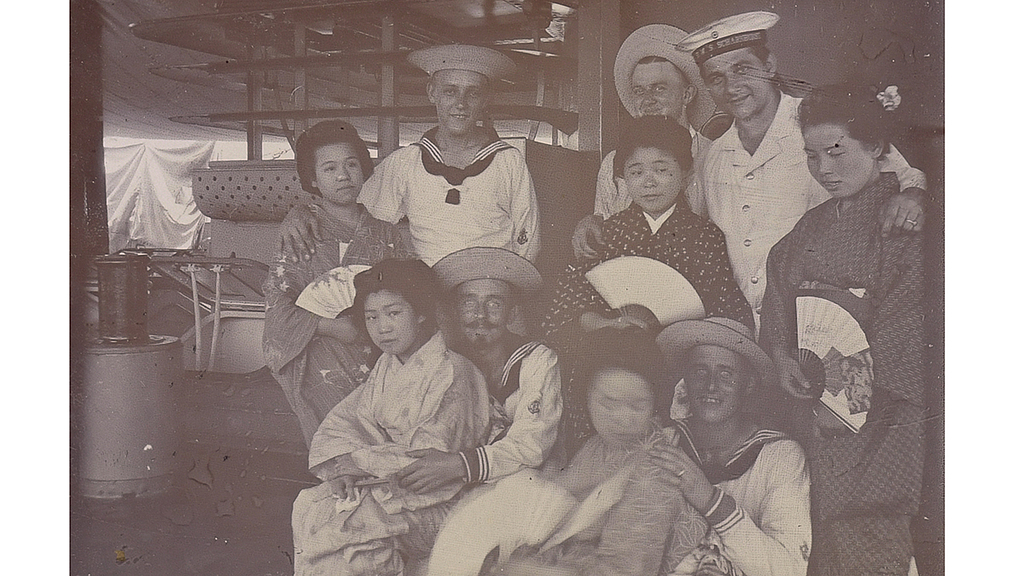
Unbekannter Fotograf: Besuch an Bord, in: Reisen auf Schiffen der Kaiserlichen Marine nach China u. Japan, 1908 - 1910 © Archiv DSM
Name of the speaker: Vivian Koch
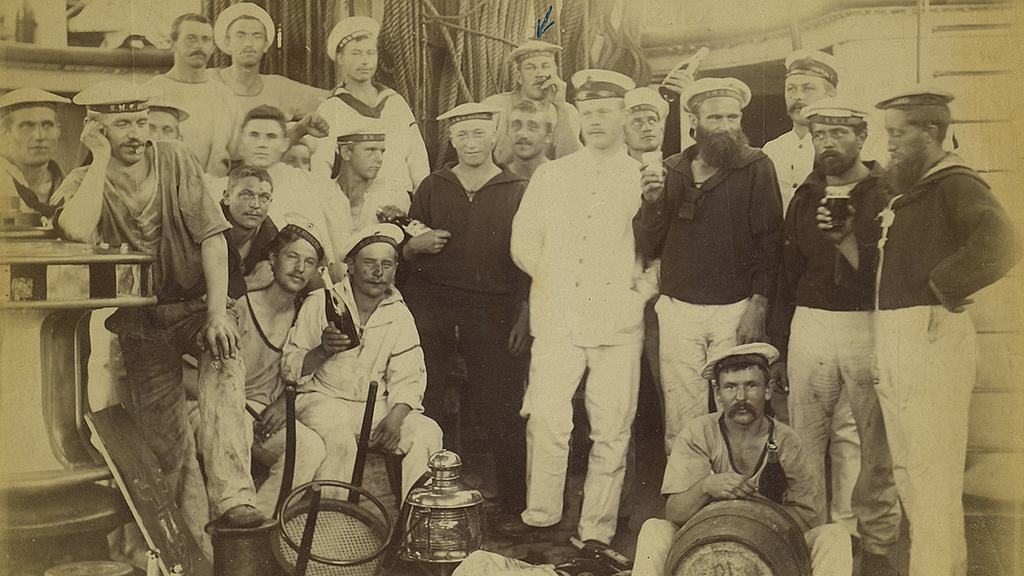
Unbekannter Fotograf: ohne Beschriftung, in: S.M.S. BUSSARD, 1895 - 1896 © Archiv DSM
Name of the speaker: Deike Reddig
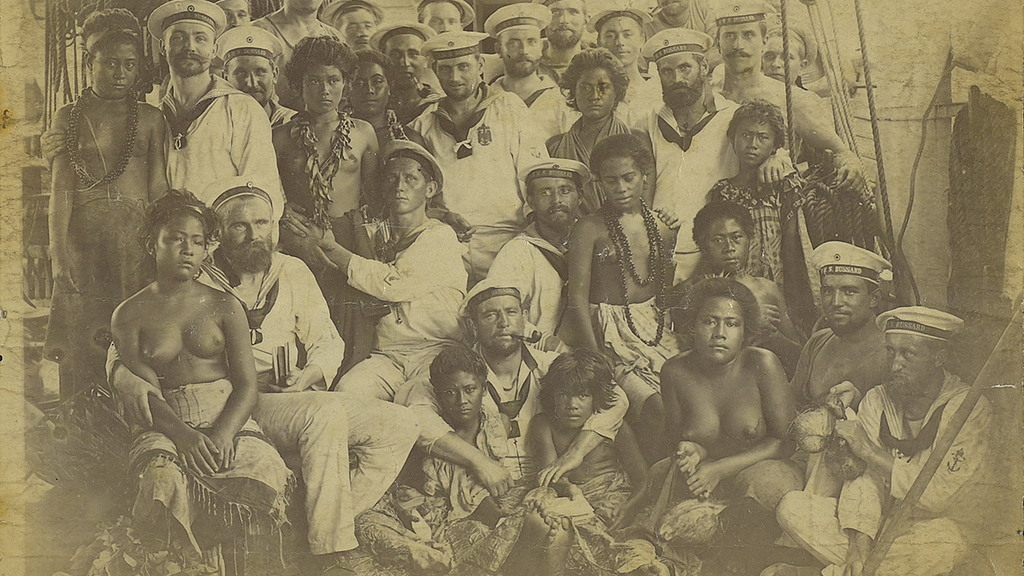
Unbekannter Fotograf: ohne Beschriftung, in: S.M.S. BUSSARD, 1895 - 1896 © Archiv DSM
Name of the speaker: Neele Bahr
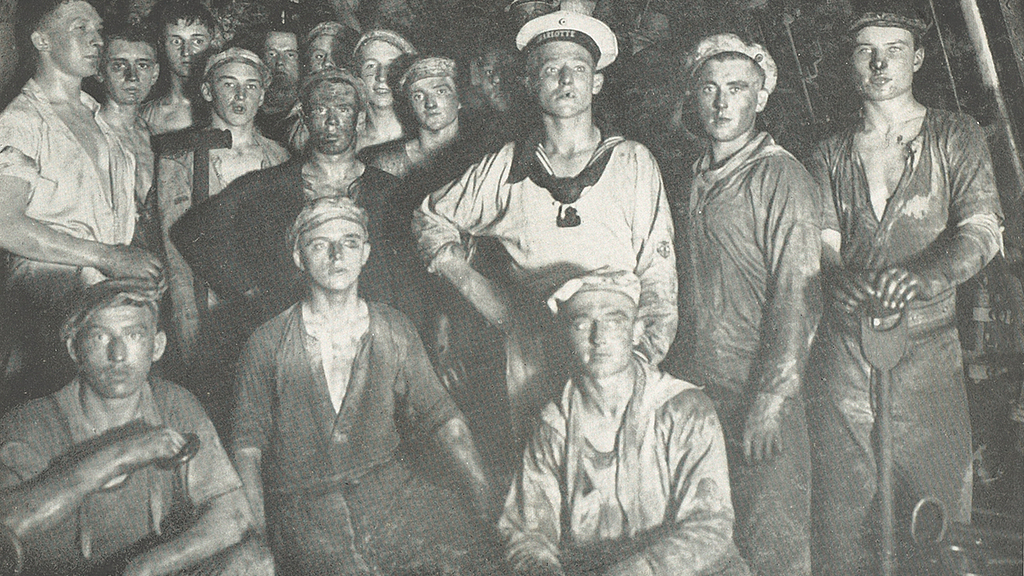
Unbekannter Fotograf: Seekadetten im Heizraum, in: S.M.S. CHARLOTTE, 1908 - 1909 © Archiv DSM
Name of the speaker: Neele Bahr
